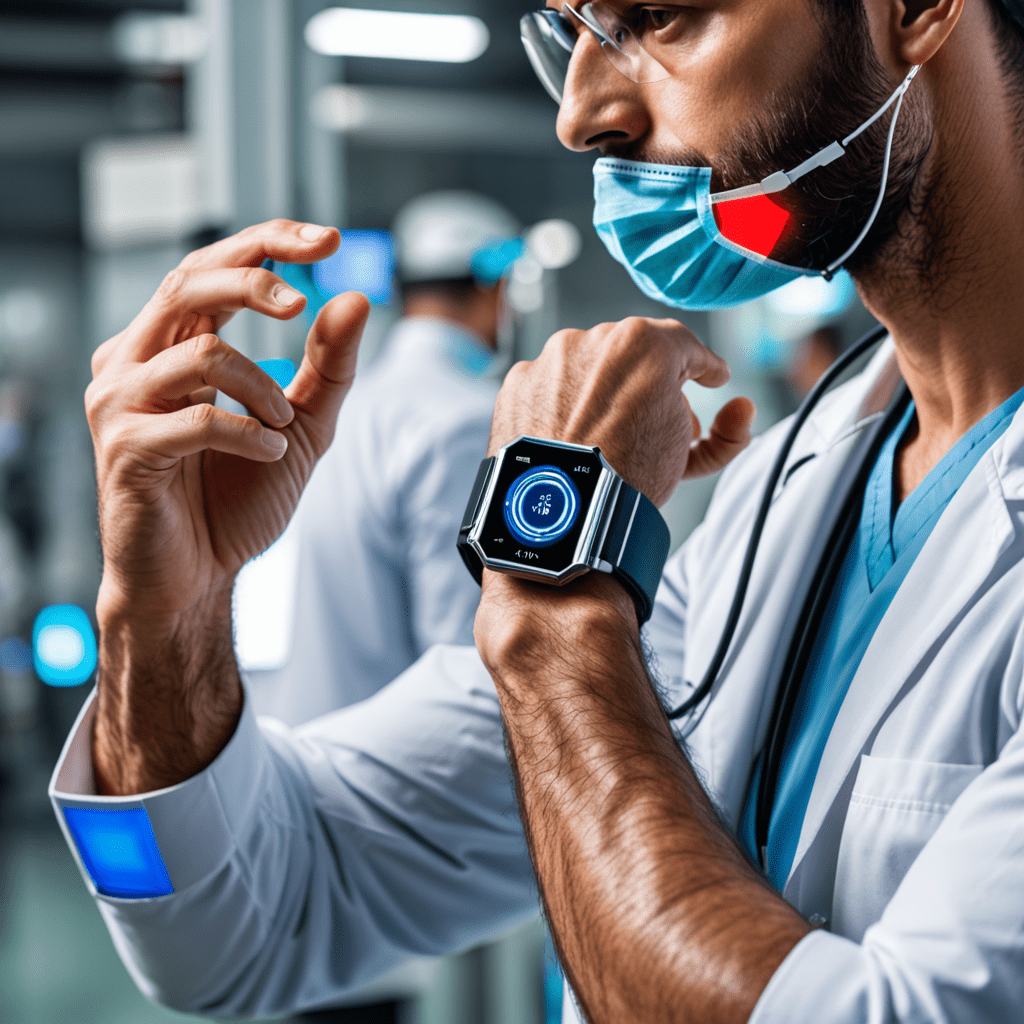Nanotechnology in Wearable Sensors: Monitoring Health Parameters
The Evolution of Wearable Sensors
Wearable sensors have revolutionized healthcare by enabling continuous monitoring of various health parameters. With advancements in nanotechnology, these sensors have become more efficient and accurate in tracking vital signs and other health metrics.
Understanding Nanotechnology
Nanotechnology involves manipulating materials on a nanoscale, typically less than 100 nanometers. This technology allows for the development of sensors with increased sensitivity and specificity, essential for monitoring intricate health parameters.
Benefits of Nanotechnology in Wearable Sensors
Integrating nanotechnology into wearable sensors offers numerous benefits, including improved biocompatibility, reduced size, enhanced durability, and increased data precision. These advancements enhance the overall effectiveness and practicality of health monitoring devices.
Applications of Nanotechnology in Healthcare Monitoring
Nanotechnology-enabled wearable sensors are utilized in various healthcare applications, such as monitoring heart rate, blood pressure, glucose levels, and even detecting early signs of diseases. The precision and real-time data provided by these sensors are invaluable for personalized healthcare management.
Challenges and Future Directions
Despite the significant progress in nanotechnology-driven wearable sensors, challenges such as power consumption, data security, and regulatory hurdles persist. Future research aims to address these challenges and further enhance the capabilities of these sensors for widespread adoption in healthcare settings.
Impact on Personalized Healthcare
The integration of nanotechnology in wearable sensors empowers individuals to take control of their health by providing continuous, real-time data on various health parameters. This personalized approach to healthcare allows for early detection of health issues and proactive management of chronic conditions.
Conclusion
In conclusion, nanotechnology plays a crucial role in advancing wearable sensors for monitoring health parameters. These innovative devices offer a glimpse into the future of personalized healthcare, where individuals can proactively manage their well-being with the help of cutting-edge technology. The continuous evolution of nanotechnology in wearable sensors promises to revolutionize the healthcare industry and improve the overall quality of life for millions worldwide.
FAQ About Nanotechnology in Wearable Sensors
What is Nanotechnology in Wearable Sensors?
Nanotechnology involves manipulating materials at a very small scale, enabling the creation of sensors used in wearable devices to monitor health parameters.
How do Nanotechnology-Based Wearable Sensors Monitor Health Parameters?
These sensors use nanomaterials like carbon nanotubes or graphene to detect changes in the body, such as heart rate, blood pressure, or glucose levels, providing real-time data for health monitoring.
What are the Benefits of Using Nanotechnology in Wearable Sensors?
Nanotechnology allows for the development of smaller, more sensitive, and efficient sensors that can be integrated into wearable devices, offering continuous monitoring of various health metrics.
Are Nanotechnology-Based Wearable Sensors Safe to Use?
Extensive research is conducted to ensure the safety and reliability of these sensors. Nanomaterials used in these devices undergo rigorous testing to minimize any potential risks to users.



